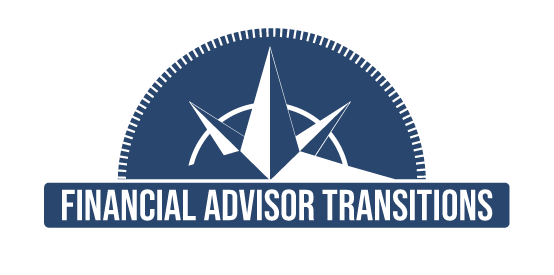Wealth Management has compiled a list of the common myths about succession planning and the realities that every RIA business owner should consider.
Myth #1: Succession Plans Are Only Necessary for Firms About to Sell
Reality: While early-stage planning does not require a fully developed strategy, business owners should have a general idea of their long-term intentions. Experts recommend a five-year planning window for internal successors and at least four years for external sales.
Myth #2: Succession Planning and Acquisition Are Separate Processes
Reality: Acquisition can be an integral part of succession planning. Bringing in new talent through acquisition can enhance the skillset of the business, groom potential successors, and increase the firm's value by incorporating new technology, clients, or services. An acquisition can ensure that the firm thrives post-sale and may lead to a higher valuation, benefiting both the seller and the new owner.
Myth #3: Succession Planning Ends When the Successor Takes Over
Reality: Succession is rarely an immediate, clean break. Most transactions involve a transition period where the former owner remains involved to maintain client and employee retention. Sellers often hold a financial stake in the business through seller notes or earnout provisions, while continuing to contribute by maintaining client relationships or serving in a management role. This phased approach ensures a smoother handover and helps preserve the firm's stability.
Myth #4: The Next Generation Cannot Afford Succession
Reality: While a full-cash offer may be difficult for Gen 2 successors, there are financing options available. Often, the firm's cash flow or the buyer's distributions can be used as collateral to make the down payment more manageable. Additionally, a phased succession where the seller doesn't demand full payment upfront can further reduce the financial burden, making ownership transfer more achievable for the next generation.
Financial Advisor Transitions consults advisors nationwide to explore employment transition options and to preserve and protect their practice in any transition that they make.




